Max Siedentopf
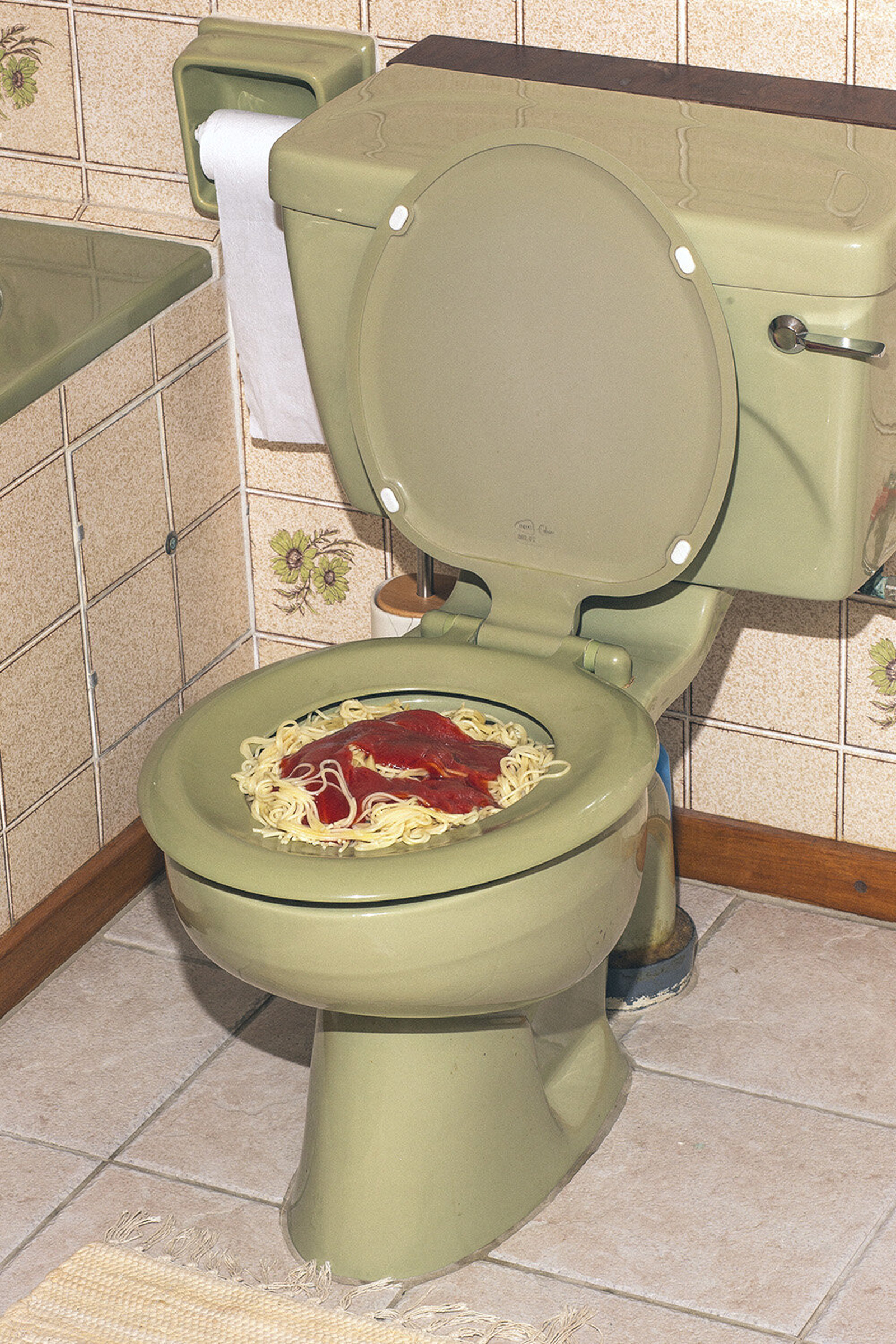
“Turns out, there’s actually a lot you can do while taking your serious passport photo”
Somewhere in the golden sands of the oldest desert in the world, the Namib stands a circle of white plinths. On them sit speakers, playing Africa’s Toto for, well, eternity. Or at least that’s what Namibian-German artist Max Siedentopf tell us, the location of this artwork is undisclosed and, as no one has yet to find it, it’s rather hard to verify if it’s actually still blasting “We bless the rains down in Africa” into the wilderness.
This tongue in cheek in cheek approach is seen throughout much of Siedentopf’s work, his guerrilla art installation which involved binoculars tied to the railings of the viewing terrace at the Tate Modern allowed visitors to zoom into Roger Stirk Harbour + Partner’s Neo Bankside housing across from the gallery. It was a response to the residents of Neo Bankside taking the Tate to court as they claim the viewing gallery “unreasonably interferes with their use of their flats.” Siedentopf pointed out that the “Please respect our neighbour’s privacy” the Tate put up seems like a sign for an art exhibit and pointed out the irony of having huge windows that no one is ‘allowed’ to look into.
More recently he has created works about the pandemic, including a series of mask alternatives like bras, lettuce leaves and shoes, (which was met with some controversy as he created the series early in the pandemic), and an online series titled Home Alone – A Survival Guide which depicted a series of challenges for those bored at home during the lockdown. NR Magazine joins the artist in conversation.
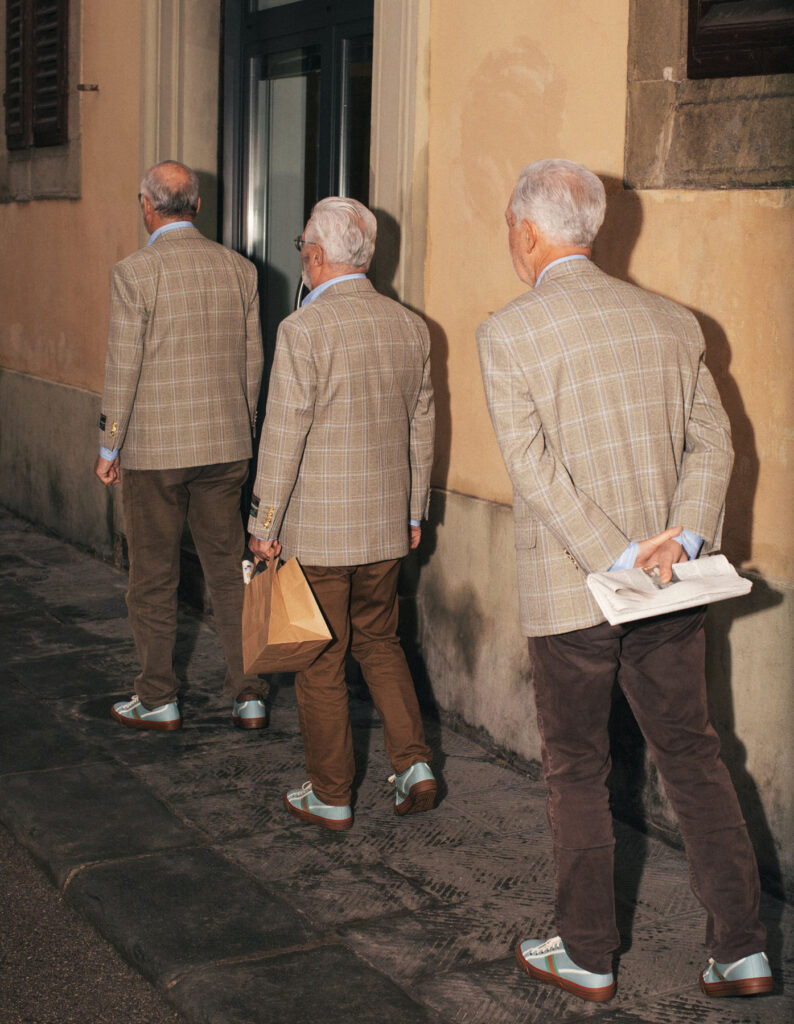
What does Identity mean to you as an artist?
That changes every time I look in the mirror.
You are known for your guerrilla artworks, examples being Please Respect Our Neighbour’s Privacy at the Tate and Slapdash Supercars, and in addition to these, you also created artworks while stuck at home during lockdown. Do you think, as we become more digital, artists are moving away from the need for gallery backing or even gallery spaces to build their reputation?
Yes, of course, there are so many new and incredible ways today for artists to show and capitalise on their work that the gallery system isn’t the only way an artist needs to go today. With the click of a button, artists can show their work to a global audience and the success of your work is a lot more determined by the actual quality of the work and less by the gatekeepers of the gallery world.
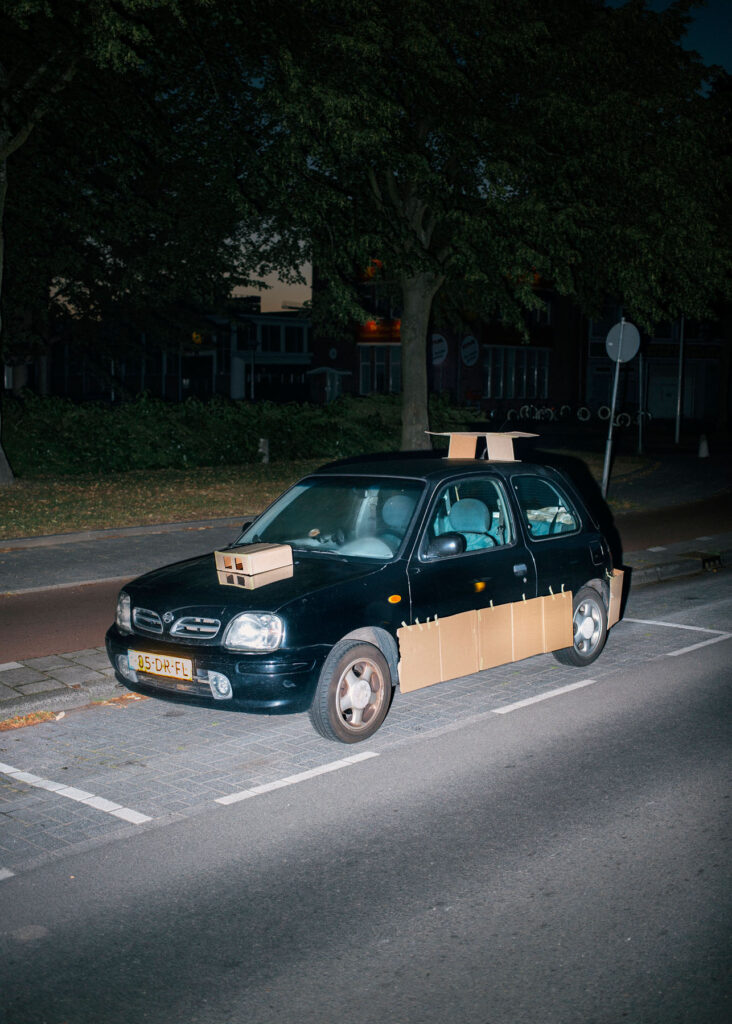
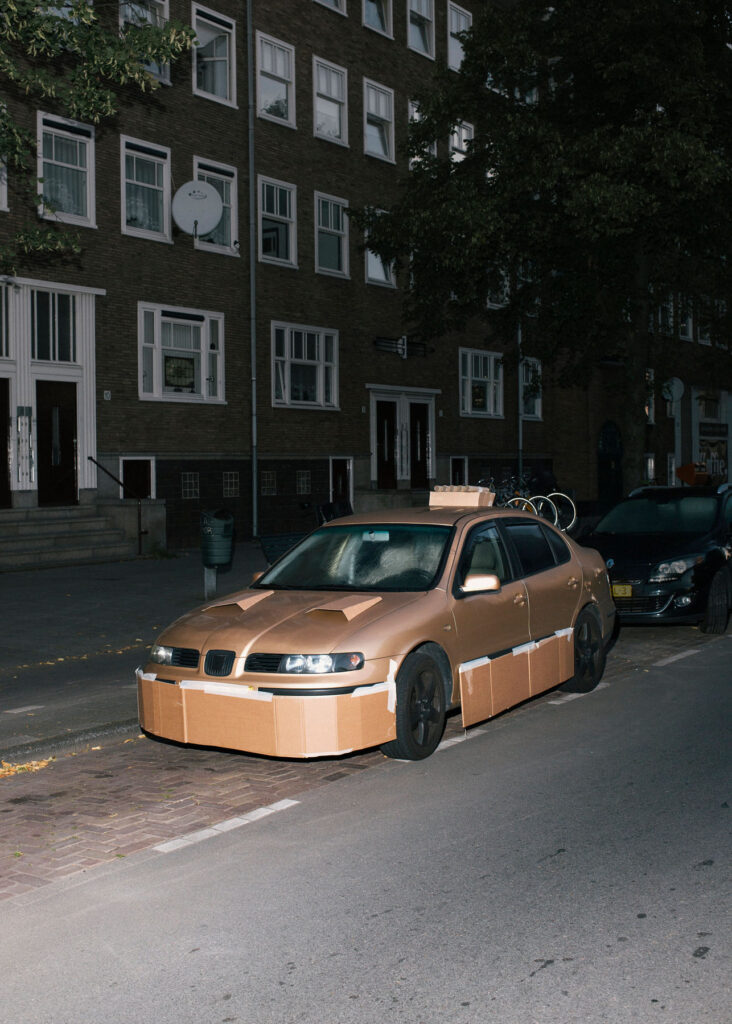
You are known for using humour to explore serious topics in your art. Do you think that people these days, particularly the younger generation, see using humour as a coping mechanism as part of their collective identity? If so how do you think that affects how they approach the creative sphere?
I think humour often helps tackle serious subjects in a more digestible way for a wider public;
“I’m sure when the world will finally end the last artwork will be a funny meme about how the world is ending.”
However even there is a strong increase in art using humour as a coping mechanism, at the same time art has also become more serious than ever and there is much stronger pressure to make “politically correct art” which sucks out most of the fun – it’s like pleasing a big committee, in the end, no one hates it, but no one is super happy about it either.
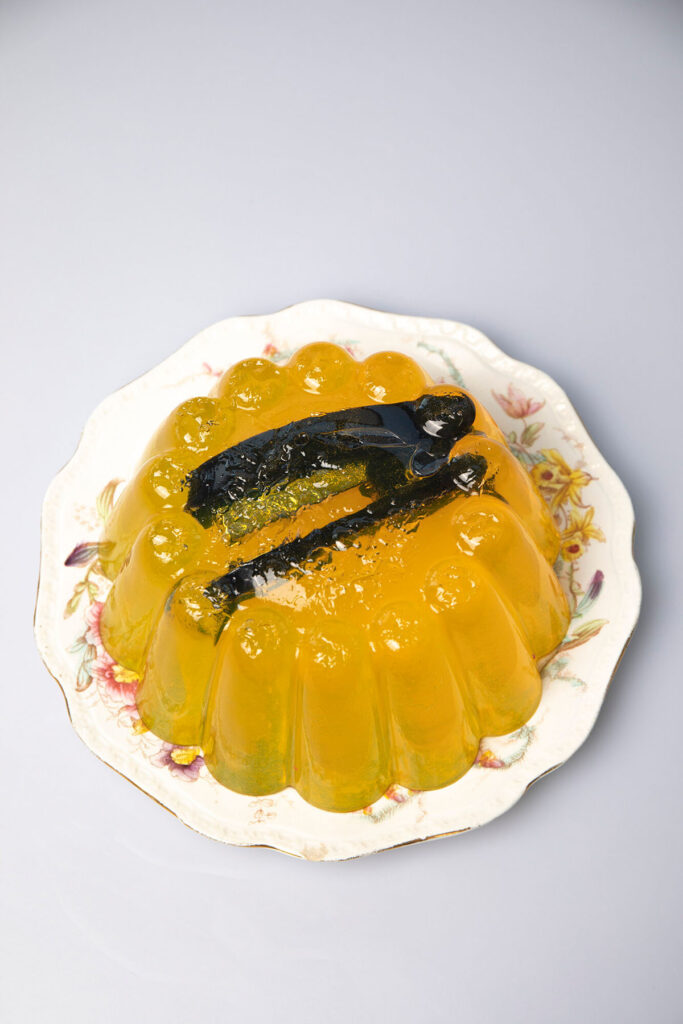
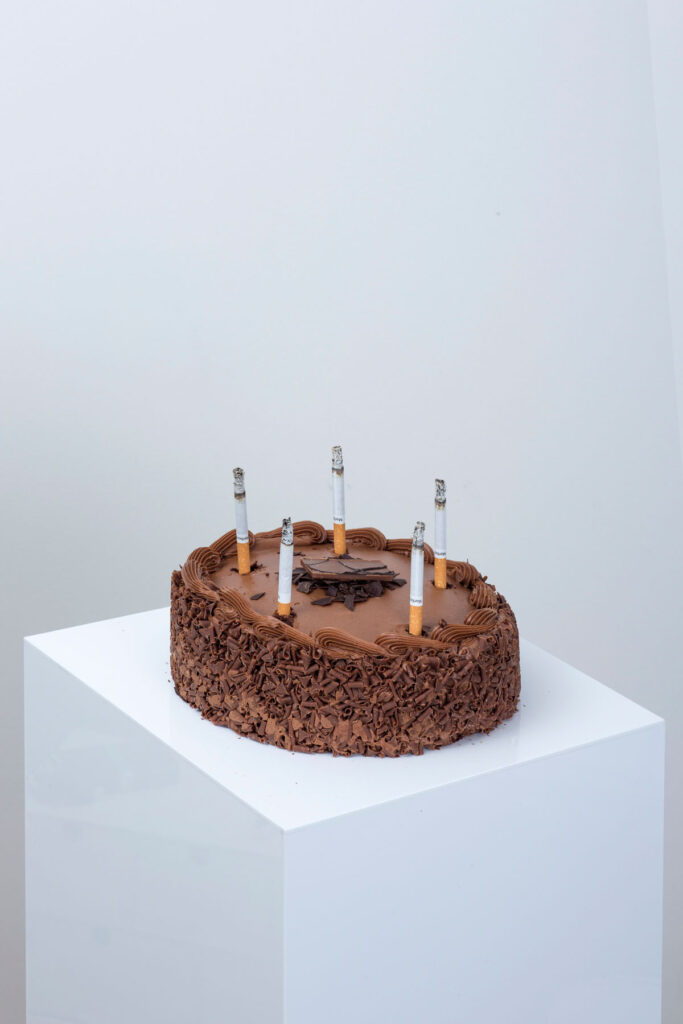
Your work Toto Forever, in which Africa by Toto is played in the Namib Desert on a constant loop, gained quite a lot of attention, but you have never disclosed the exact location. Has anyone ever been able to find it and do you know if it’s still playing?
Good question, I guess you will need to find it, to find out.
I’m curious, has anyone ever questioned the validity of Toto Forever? It reminds me somewhat of the moon landing conspiracy theories, and as there is no exact location for people to visit I wonder if anyone has asked you if it’s fake?
Wait, the moon landing wasn’t real?
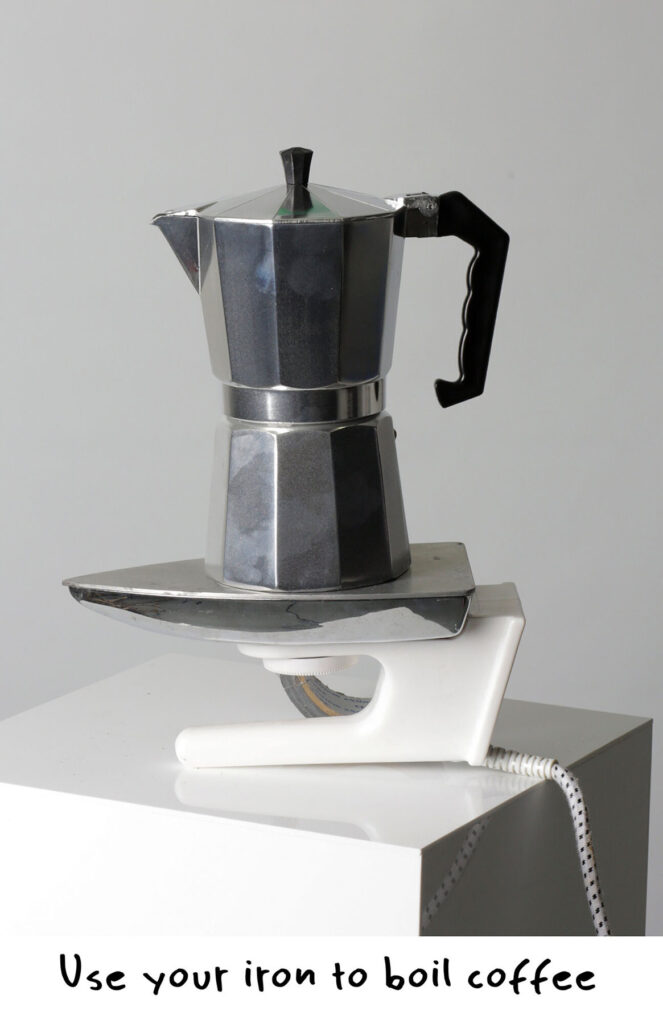
Passport photos play such a huge part in our ‘official’ government recognised identity, but in reality, they show very little of us. How did you come up with the idea for this project?
The series came about when I had to take a new passport photo. I thought to myself that being a passport photographer must be one of the most depressing things a photographer could do as there are so many rules. Your head needs to be straight, nothing may cover your face, you’re not allowed to smile and you need to have a plain white background. I wanted to challenge all these rules and find a way that you could still express yourself even under such heavy restrictions. Turns out, there’s actually a lot you can do while taking your serious passport photo.
Do you think in the future, technology will change how we are identified?
Of course – on the plus side I think it will make a lot of processes a whole lot easier, from how we travel, check-in or pay, however as with every technology that makes our lives easier we will need to give something in return, in this case, a piece of our anonymity and personal freedom.
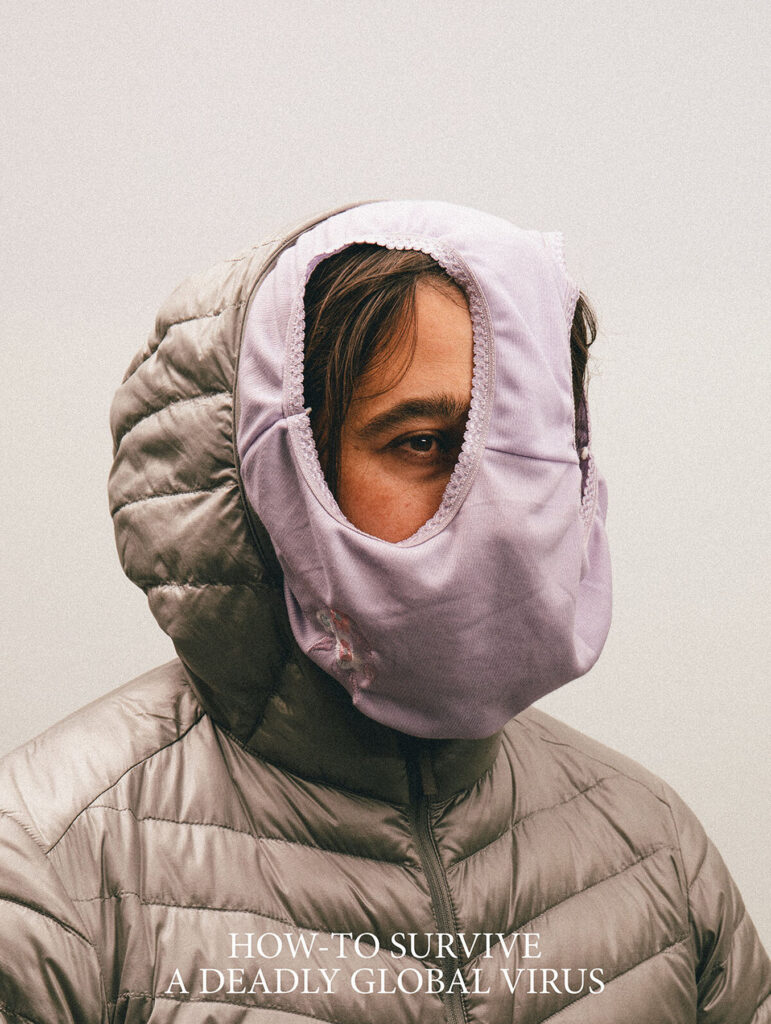
Your project Home Alone – A Survival Guide was popular on social media and many people joined in the challenges you set. Now people are struggling with going back to normality as restrictions are being eased. Would you ever consider doing a second project, a survival guide for the outside as it were?
I didn’t think about it until this question but I could imagine it could be a good series – as life slowly goes back to “normality” I think there are a lot of factors that should be readjusted to a new way of living.
“I strongly believe we shouldn’t just chase the reality we had before the pandemic, which in many ways feels quite reckless (and got us into this mess in the first place) and instead focus on new, more responsible ways of living our day-to-day life.”
A step-by-step survival guide could be a good start.
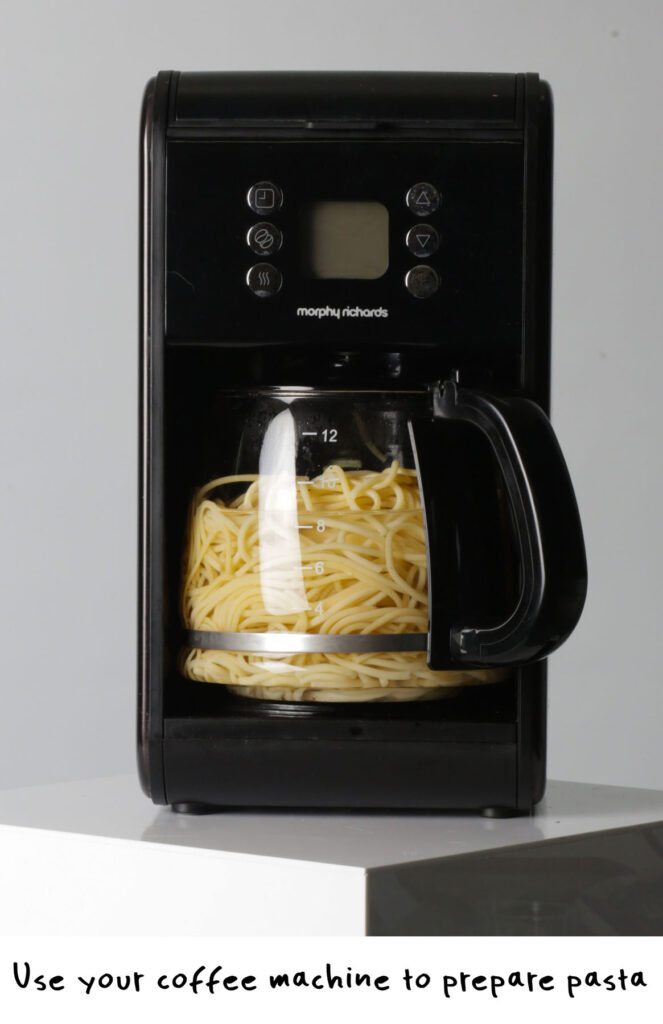
Your project How To Survive A Deadly virus was met with some controversy, do you think if you had made it a year later people’s reactions would have been different?
Yes definitely and since the series came out I’ve seen hundreds of artist impressions similar to the series. However the series came out the beginning of February 2021, a time when most people in Europe were still very naive towards what was going on and didn’t anticipate it would ever affect their own lives – the series was a classic example of “too soon” and it was too early to talk about such a serious subject with humour. However, a few months later the series was received very differently when people started to accept the new reality and were able to joke about it.
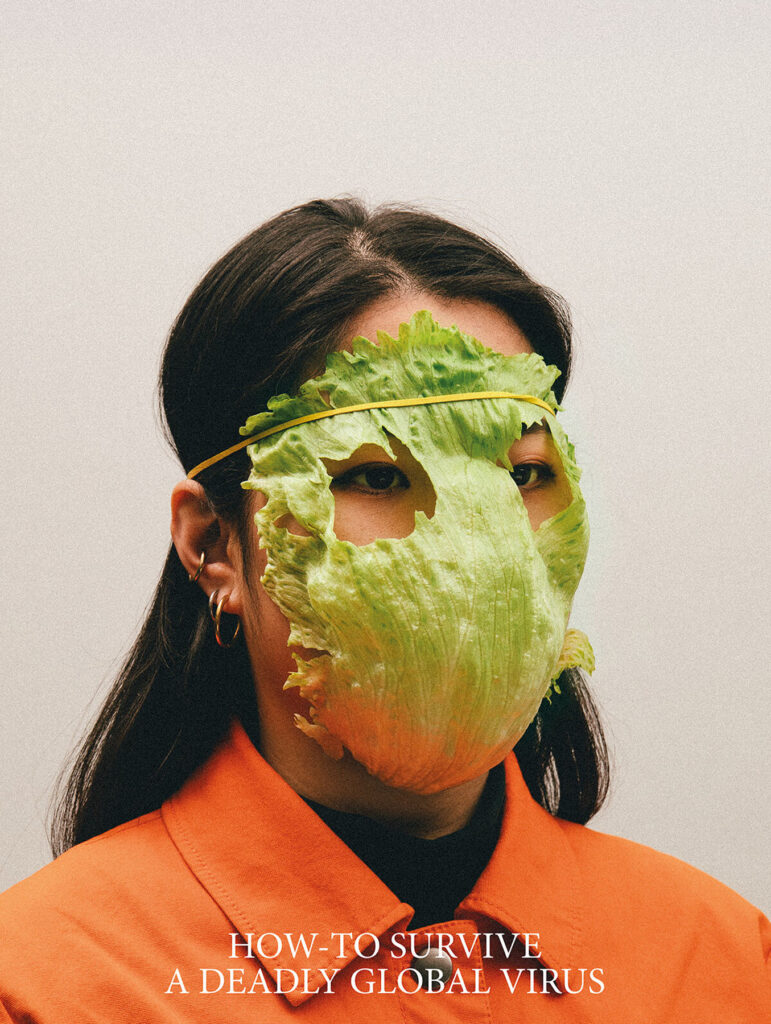
What advice do you have for young creatives?
Eat your vegetables, exercise, spend quality time with your family, make work that brings you joy and most importantly don’t overthink too much, in the end, nothing really matters anyway.
Are you working on any projects at the moment and what plans do you have for the future?
Always – however the only certain plan for the future is to eventually end up in a coffin.
Credits
Images · MAX SIEDENTOPF
www.maxsiedentopf.com/